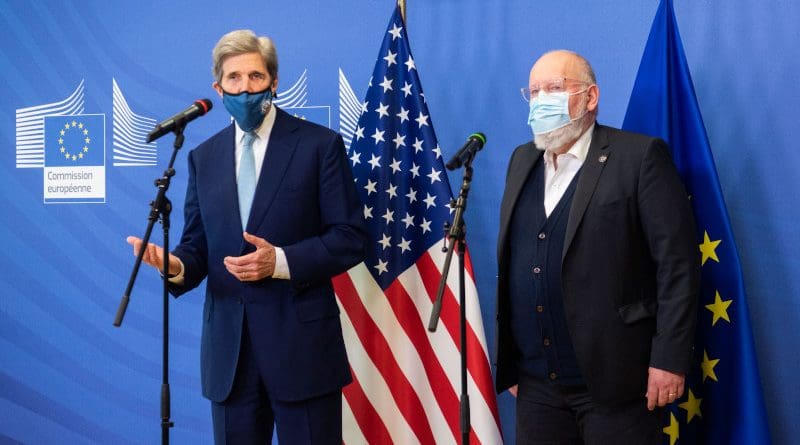$131 Trillion Needed By 2050 To Finance Renewables, Says IRENA – OpEd
By Arab News
By Cornelia Meyer*
The International Renewable Energy Agency (IRENA) released a preview of its World Energy Transitions Outlook, just in time for the 7th Berlin Energy Transition Dialogue.
Its focus is on keeping the global temperature rise to 1.5 ℃ until the end of the century and bringing CO2 emissions to net zero by 2050, as well as the policy and financing requirements needed to get there.
According to IRENA, the goals can only be reached by substantially increasing the share of renewables in the global energy mix, necessitating an investment worth $131 trillion in renewables until 2050, which translates into an annual run-rate of $4.4 trillion a year.
The sources of funds are not the problem per se, given that ESG (environmental, social and corporate governance) is the fastest-growing asset class and that several pandemic stimulus packages have a strong green focus.
The report hones in on the appropriate legislation needed by governments to promote “a more inclusive and equitable world against economic and environmental shocks,” which boils the issue down to national regulations and how many countries sign up to the net zero goals.
2021 is an important year in this debate because the UN Framework Convention on Climate Change’s COP 26 conference in Glasgow will provide a watershed moment. The US, having re-joined the Paris Agreement, is set to play a leadership role in Glasgow.
John Kerry, US President Joe Biden’s new envoy on climate change, emphasised in a BBC interview last week that the 21 countries accountable for 81 percent of emissions needed to adjust policy targets to achieve net zero by 2050.
Kerry does have a point given that several of the largest CO2 emitters like Russia or India have yet to subscribe to net zero goals, while the largest emitter, China, only aspires to net zero by 2060.
He warned that current emissions’ patterns would put the world on course to a temperature increase of 3.7 ℃, far above the 1.5 ℃ goal.
The broadest possible focus might be helpful to achieve the goal. This is about sources of energy and how to finance them for sure, but it is equally about how to effectively scale down CO2 emissions.
Everybody wants to preserve the earth for future generations. At the same time, we want affordable energy for all.
At the Berlin Dialogue, Saudi Energy Minister Prince Abdulaziz bin Salman promoted the circular carbon economy, which aspires to reduce, reuse, recycle and remove CO2.
In the end, IRENA’s point on financing needs for renewable energy is undisputed. The current investment trends leave no doubt that an ESG investment focus will help us get there.
However, the argument is not just about securing the sources of funds or developing new technologies, all of which are underway. The debate also has to be about reorienting regulations and garnering the political will to get there.
We should concentrate on the overall goal, which is removing CO2 emissions and limiting the rise in temperature.
But one size does not fit all.
While we need more renewable sources of energy in the global energy mix, at the same time we also need to look at removing carbon via the circular carbon economy and CCUS (carbon capture, utilisation and storage). In the end, we want to save the planet. In order to do that we need to remain open-minded. Money is not the issue per se, using it wisely is.
- Cornelia Meyer is a Ph.D.-level economist with 30 years of experience in investment banking and industry. She is chairperson and CEO of business consultancy Meyer Resources. Twitter: @MeyerResources

